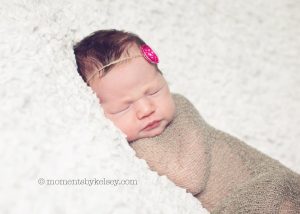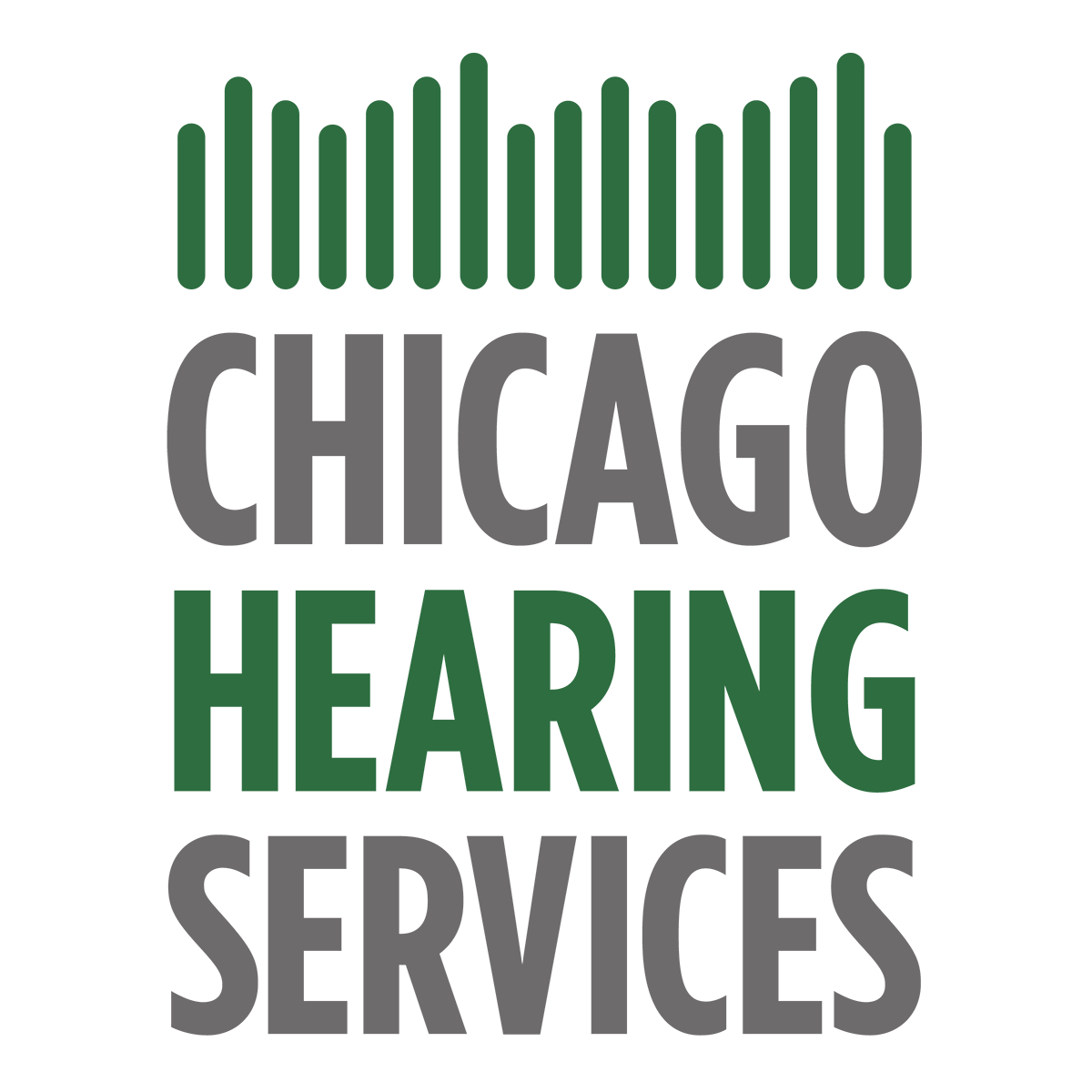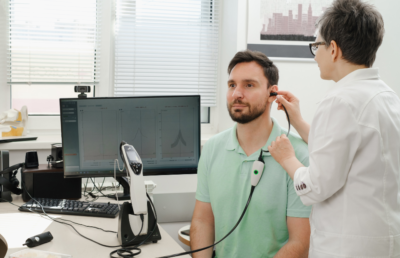I am at the stage when many of my friends and family are having children. It is such an exciting time for them as they welcome their new son or daughter. A colleague and fellow OSU Alum, Kelsey, is not only a great audiologist but also a wonderful newborn photographer. Seeing her posts on her blog and website always make me smile a bit. Pure innocence and joy! I always admire this little miracle. I appreciate children more after working with pediatrics as well as learning all about them.

A newborn goes through many tests when they are first born. One of these tests they receive is a newborn hearing screening. Thanks to technology and legislation about a decade ago, it is now a Federal law that this screening is required before a baby leaves the hospital or within one month of age if it is a home birth.
Why is this screening so important? Critical language development occurs between 0-3 years old. If a child cannot hear, their language can be severely impacted which can lead to educational and social issues. By identifying and diagnosing these children early, these detrimental effects of hearing loss can be negated. The goal of the Universal Newborn Hearing Screening (UNHS) is to identify children with hearing loss by one month of age, diagnose them by three months of age, and begin services by six months of age. When this is achieved, the potential for this child is overwhelming positive.
So how does a hearing screening work? There are two screening methods that are used to perform newborn screenings. Both methods are quick, safe, accurate, and effective. Hospitals choose which screening method to use based on a number of factors. The first method is otoacoustic emissions (OAEs). OAEs are a measurement of how the cochlear hair cells are functioning. The cochlea, the organ of hearing, creates a signal that a special microphone can pick up if the cochlea is working correctly. It allows us as audiologists to know how the organ of hearing is working. The second method is an automated auditory brainstem response (AABR). This test measures brain activity in response to auditory input. It allows the screening to assess the entire auditory system.
Every 3 in 1000 children born will be born with a significant hearing loss. Complications such as prolonged ventilation, ototoxic medications, and some maternal diseases can increase this risk for hearing loss. This is the reason hearing screening is so vital.
So to all you new parents–Congratulations and know that by screening your children you are providing them with a great gift!



